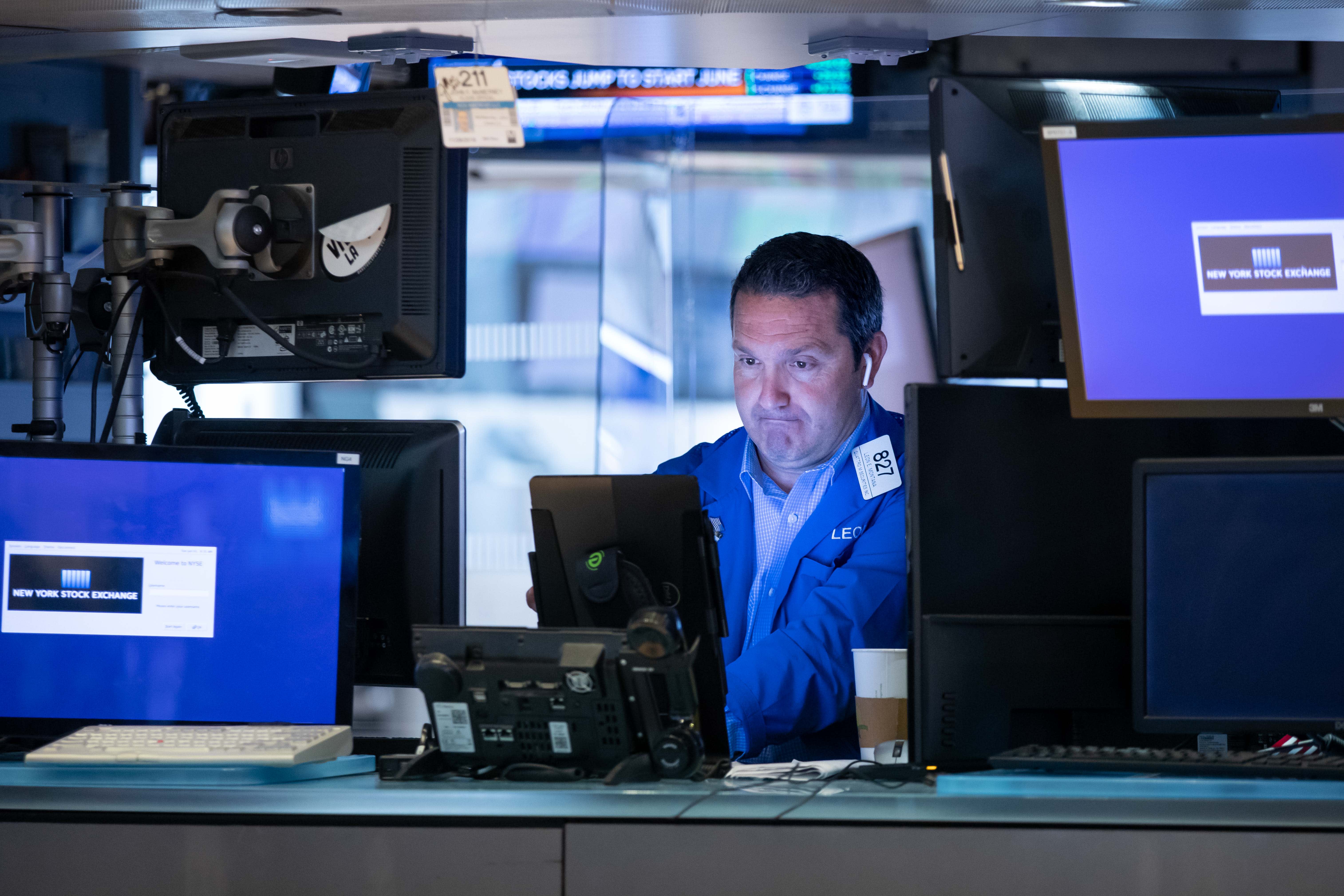10-year Treasury yield dips as bond market volatility continues

The 10-year U.S. Treasury yield slid in a volatile session on Friday as the bond market remained unsettled ahead of next week’s Fed meeting.
The yield on the benchmark 10-year Treasury note was down 2 basis points to 1.545% in afternoon trading after trading above 1.6% earlier in the day. The yield on the 30-year Treasury bond reversed early gains and fell 2 basis points to 1.932%. Yields move inverse of prices, and a basis point is equal to 0.01%.
The bond market has been volatile over the past week as corporate earnings and economic readings have given conflicting signals to investors and global central banks have begun to chart their separate paths to tighter policy. The 20-year yield is now higher than the 30-year yield, an unusual occurrence in the bond market, and short-term yields have spiked in recent days.
The volatility comes as U.S. policy makers are expected to make significant announcements next week as the federal government looks toward the next phase of the economic recovery.
“The bond market has a big week coming up, or perhaps more accurately, a big day. On Wednesday morning, Treasury will make the Refunding announcement and the Fed will follow up in the afternoon with the FOMC policy statement and a press conference by Chair Powell. Both have significant implications for Treasury supply going forward,” Jefferies chief economist Aneta Markowska said in a note to clients on Friday.
The 10-year rate rose in Thursday’s session despite disappointing third-quarter economic growth data. The Commerce Department reported that U.S. gross domestic product had risen 2% in the third quarter versus the previous year, below the 2.8% forecast by economists.
Willem Sels, chief investment officer for global private banking and wealth at HSBC, said on Thursday that his team had expected the GDP number to come in below the consensus forecast.
However, he added that reports of deliveries piling up in U.S. ports because of a shortage of workers and transportation, is a “clear indication that growth is restricted by supply issues, even as demand for most goods is relatively positive.”
Sels believed, therefore, that the economic slowdown would be temporary and the fourth-quarter GDP figure should be stronger.
On the data front, personal income fell 1% in September, more than the 0.4% decline expected by economists, according to Dow Jones. Consumer spending rose 0.6%, matching expectations. The core consumer price index rose 0.2% month over month, as expected, but the year-over-year change was the highest in three decades.
The University of Michigan’s final October consumer sentiment reading came in slightly better than expected at 71.7 but is still well below its levels from earlier in the year.
-CNBC’s Patti Domm contributed to this report.




